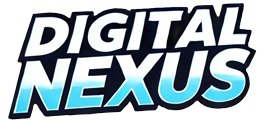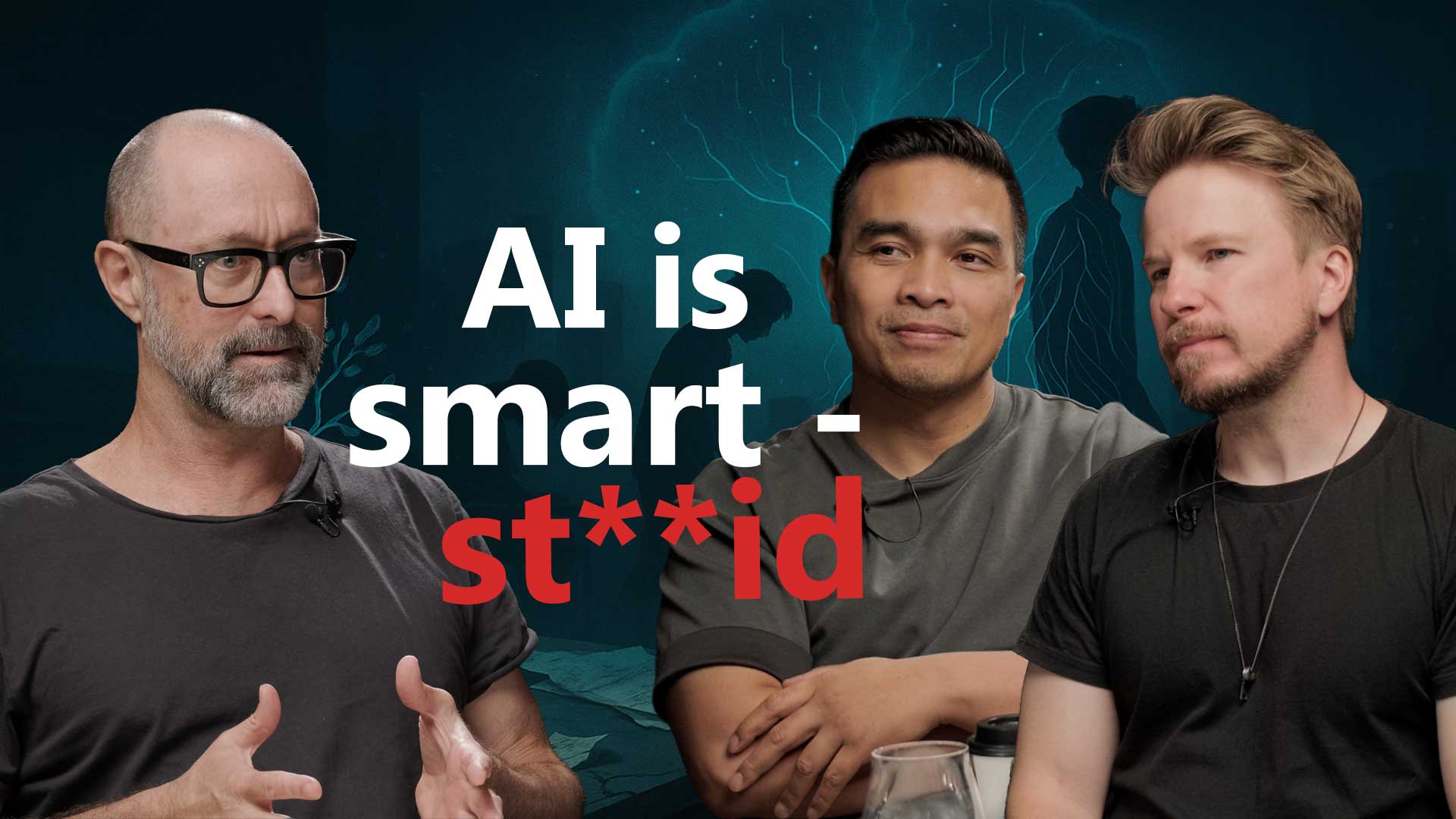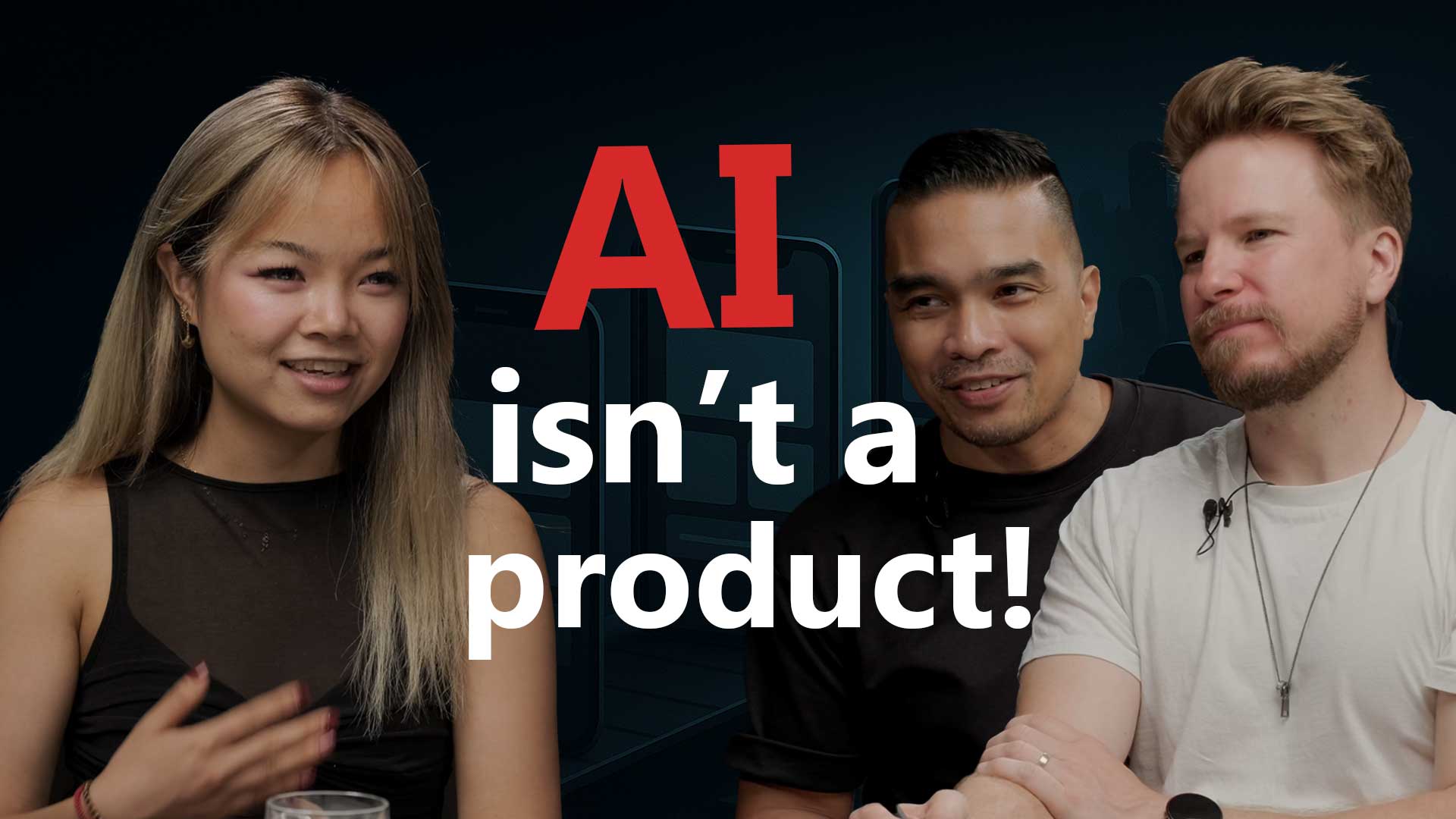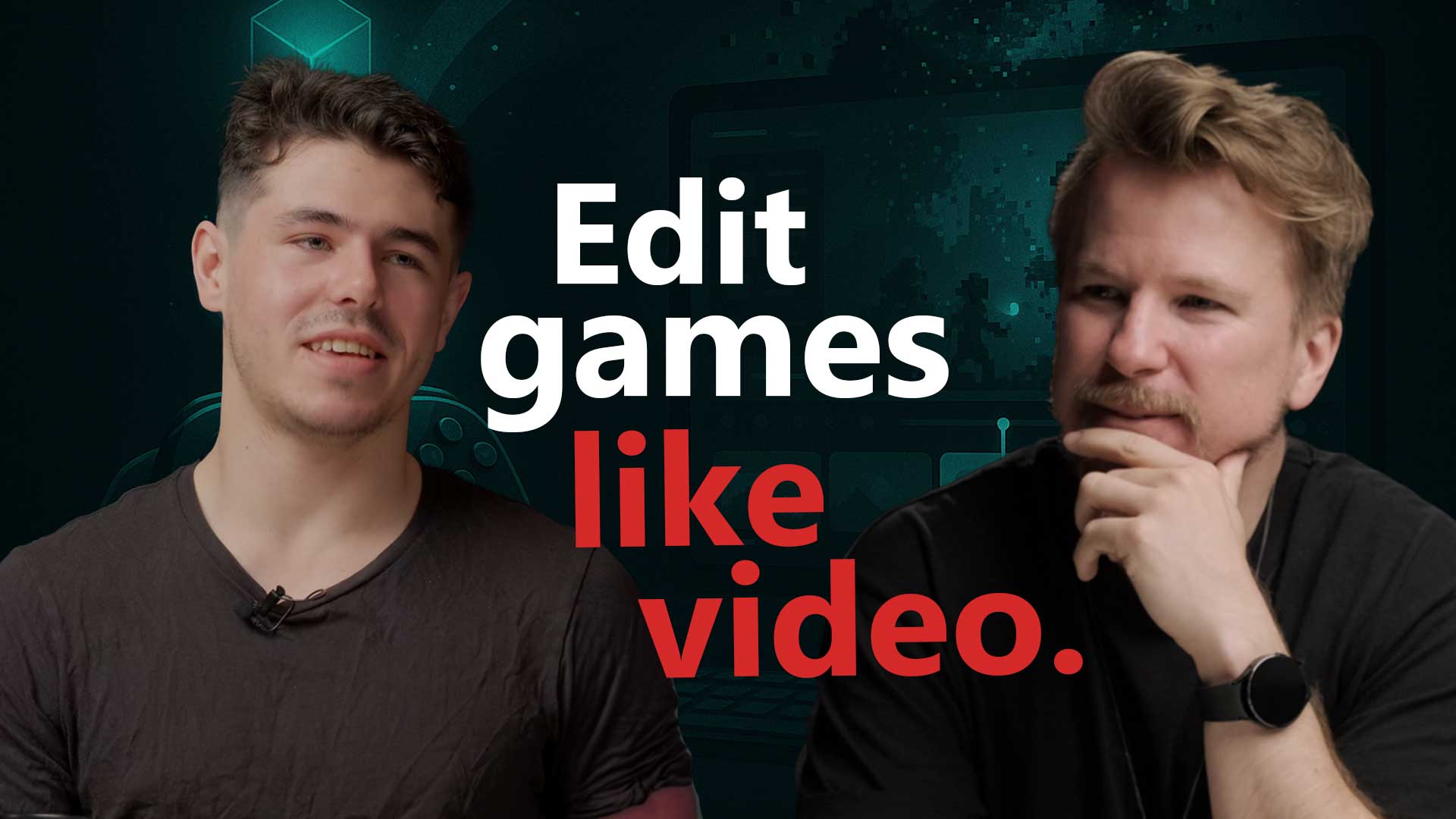From IBM strategist to startup founder, Serena Lam is building Fuzzy AI to reshape B2B sales with hyper-personalized outreach. In this candid conversation, she shares her founder journey, lessons from building in AI, and where sales tech is heading next.
👉 Expect practical founder advice, the realities of building with limited resources, and insights into how design thinking and AI workflows are changing the game.
⏱️ Chapter Timestamps
0:00 – Intro & why Serena flew budget class from Singapore
4:33 – How IBM shaped Serena’s mindset as a founder
8:32 – First startups, painful failures & losing money early
13:02 – The hardest part: finding (and keeping) the right tech co-founder
17:48 – Inside Fuzzy AI: turning content & trust into 5x higher conversions
22:01 – Killing the “spam cannon” & making outreach human again
26:41 – Why Serena prototypes in Figma before writing a single line of code
31:38 – AI tools Serena swears by (Claude, Perplexity, Bolt & more)
35:54 – Which jobs AI will replace… and which remain uniquely human
40:30 – The future of sales: cultural nuance, agentic AI & trust-based buying
🔑 Key Takeaways
🎯 Startups succeed when founders go all-in — half measures don’t work.
🤖 AI isn’t just automation — it’s strategy amplification when applied right.
🛠️ Design thinking + scrappy prototyping can save you months of wasted work.
💡 The future of sales = humans handling trust + negotiation, AI doing the grind.
💡 Enjoyed this episode? Subscribe for more AI founder stories & weekly Digital Nexus tech breakdowns!



